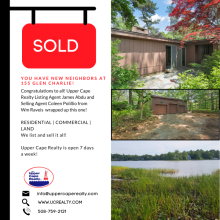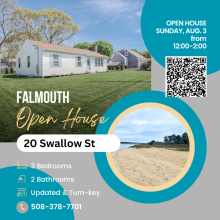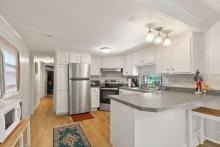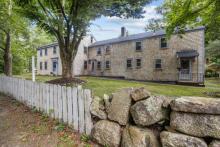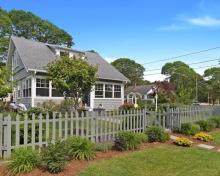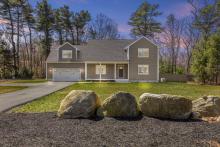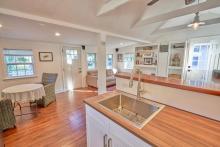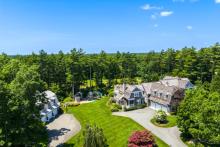Proposed zoning amendments get second public hearing
There have been many explanations of three proposed zoning amendments since last fall. The question now is whether or not Town Meeting voters will approve them or reject them again.
The proposed amendments all concern cluster subdivision, a type of housing development with single family homes that is structured to provide smaller lots in turn for more communal open space. The proposed zoning amendments are as follows:
- Establishing zero lot lines: Up to 20 percent of lots in a cluster subdivision could have one side without a boundary, effectively creating a duplex positioned on the line of two lots.
- Using limited industrial districts as open space: Any space designated as a “limited industrial district” within a cluster subdivision could go towards the open space requirement.
- Expanding options in general business district: Cluster subdivisions would be permitted in the general business district (including Route 6.) Currently, regular subdivisions and other housing are permitted in this area.
Last fall, Brad Saunders of D + E Management LLC briefly laid out these amendments at Special Town Meeting after having discussed them with the Planning Board and holding a public hearing during a separate Planning Board meeting.
Confusion over sponsorship of the articles and exactly how they would affect zoning in town resulted in voters shutting down the proposals. In March, Saunders, who has been hired by several parties in the Bay Club, returned to the Planning Board in the hopes of securing their backing and educating the public on the amendments' implications.
“Each of the three amendments is designed to improve flexibility for the design of the residences,” Saunders said at the April 6 hearing.
He reiterated several times that the amendments were for the entire town and also said they wouldn’t increase the number of lots or housing within the Bay Club.
A handful of residents attended the hearing.
Brad Hathaway was not in favor of changing the rules regarding light industrial districts.
“To use some of that for open space would be a crime,” he said.
Planning Board member John Mathieu said the land in question at the Bay Club wouldn't have an impact anyway.
“This is a piece of land that is never going to be used for light industrial because it’s way in the back and you can’t get to it,” Mathieu said.
Hathaway also said he was not in favor of duplexes
“I certainly don’t want to see zero lot lines in a residential area. To me, that sounds like New Bedford,” he said.
Mathieu said they would be optimal housing for certain people.
“A developer may want to use this type of housing which is very desirable for empty nesters, single people,” he said. “It’s just a form of housing. That’s all it is.”
Residents also questioned the effect of cluster subdivisions on the business district but were told it didn’t make a big difference as property owners can build homes there under current zoning bylaws.
Highway Surveyor Barry Denham said the source of the issue is that definitions have changed since zoning was set in place and that zoning was created before many of the lots were, thus creating multiple zones on some properties.
“When the zoning was written for limited industry, there was no such thing as open space,” he said. “Bylaws on open space hadn’t been written yet. This is just a logical evolution in the zoning bylaws.”
Planning Board member Ron Merlo agreed with Denham.
“I think it boils down to options,” he said. “As time progresses, we have to look at things and give people options.”





